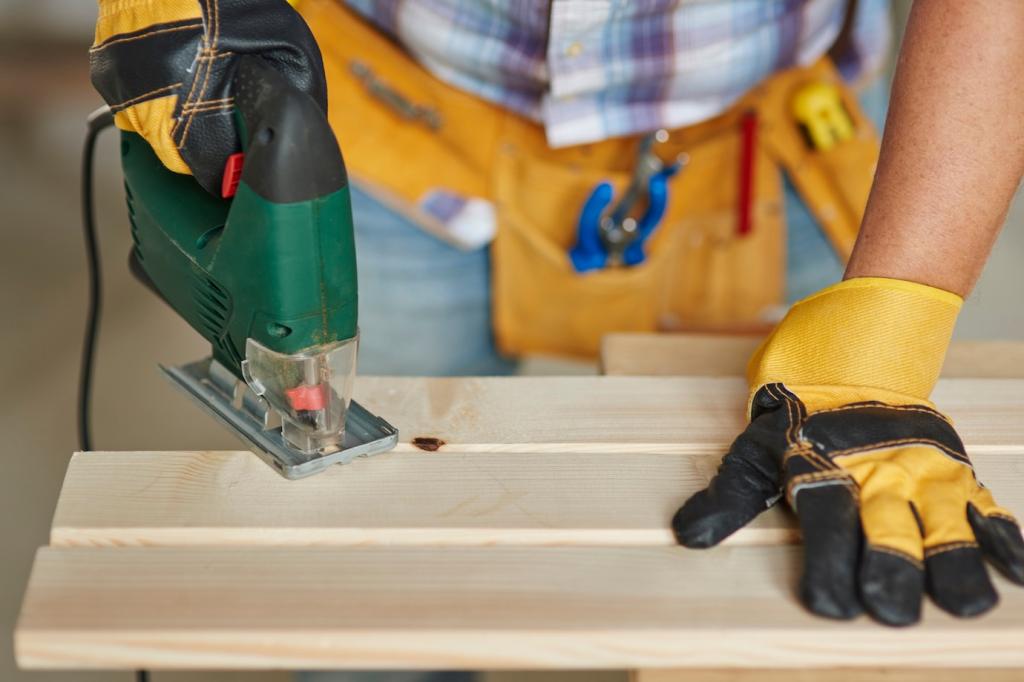Create a Safe Environment: Humidity, Temperature, and Light
Target roughly 40–55% relative humidity and avoid daily swings. Use a reliable hygrometer in the room, not just the hallway. Add humidifiers or dehumidifiers as needed, and remember that slow, steady adjustments are kinder than dramatic changes.
Create a Safe Environment: Humidity, Temperature, and Light
Aim for comfortable living temperatures and avoid placing furniture near radiators, fireplaces, or vents. Rapid heating dries wood and embrittles old glues. A small move away from a heat source can prevent cracks that are expensive and difficult to repair.

